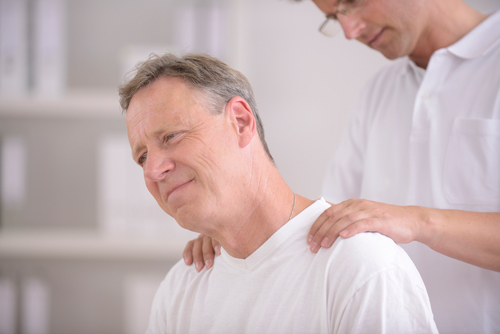
If you feel dizzy when you suddenly rise after sitting for a significant amount of time, you have probably experienced a sudden drop in blood pressure. To compensate for this drop, your body usually pumps extra blood. But for many people—especially those taking drugs to treat high blood pressure, or those with heart problems, diabetes or nervous system disorders—this mechanism often fails, causing lightheadedness, dizziness or fainting episodes.
The technical term for this is orthostatic hypotension, and while it is quite common and usually benign, the symptoms can be disconcerting. People prone to this condition need to take extra care while exercising; sudden changes in posture (for example, moving from crunches on the floor to standing lunges while performing circuit training) can provoke dizziness and even lead to accidental injury during a workout. In addition, higher intensity aerobic exercise, which raises the heart rate rapidly, is unadvisable.
Some specific exercises can counteract the effects of this disorder. For instance, moving your thighs in a “scissors” fashion, tensing the muscles in your legs and stretching your calves can increase blood flow from the legs to the heart prior to standing, so your body does not have to work as hard when you change postures. Tilt training, which has been effective in preventing recurrent fainting spells, involves standing with the upper back up against a wall and the heels six inches from the wall twice a day, adding several minutes in increments as your strength and tolerance increases until you reach 30 minutes each session. Working with us is essential; we can tailor your physical activity to prevent orthostatic hypotension symptoms while improving your physical condition.
You can alleviate symptoms of orthostatic hypotension by
- moving slowly when you rise from sitting to standing
- drinking plenty of water
- talking to your physician if you think your dizziness is caused by prescription medications
Lifestyle changes and exercise can help manage this annoying disorder. We can design and monitor an exercise program that suits your individual situation.
